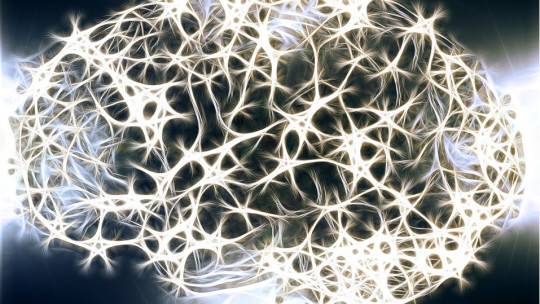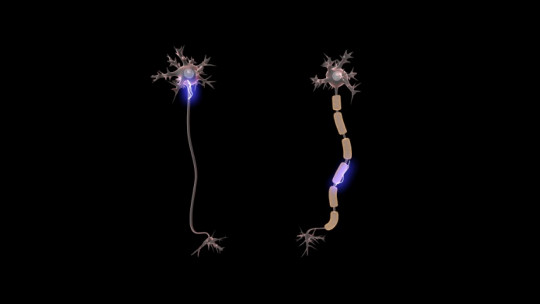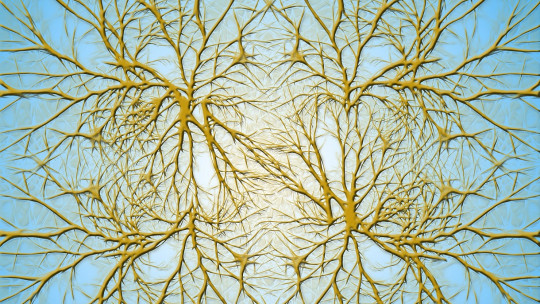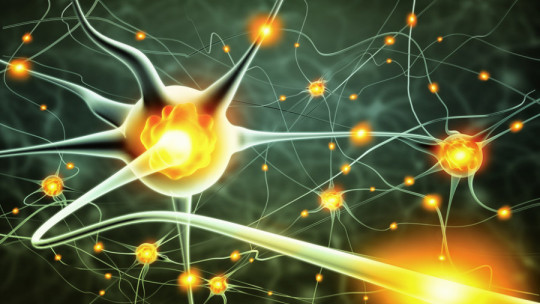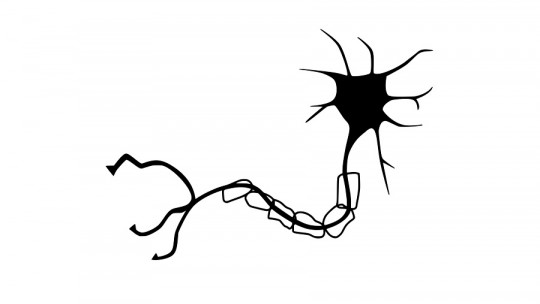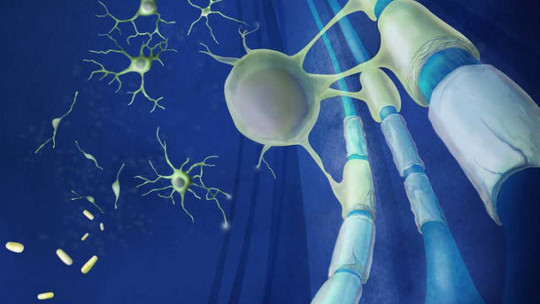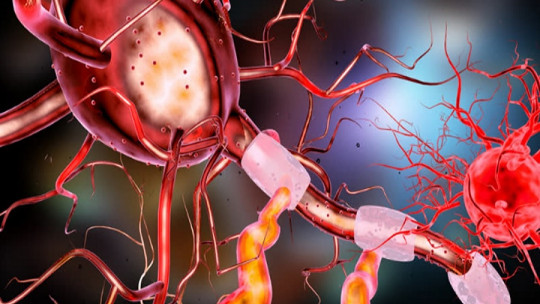Neurons are the nerve cells thanks to which we are able to think, feel, make decisions and, even more so, be conscious.
However, although the concept of “neuron” is well known even beyond laboratories and university classrooms, the truth is that to understand what our mental life is like, it is not enough to know that in our head there are tiny cells that They send nervous impulses to each other. You also have to understand that There are different parts of neurons, responsible for carrying out different tasks Axons are one of these components
What is an axon?
A neuronal axon is a kind of sleeve or “arm” that It leaves from the center of the neuron and goes to a place far from it The shape of this small structure gives us clues about its function. Basically, the role of axons is to make the electrical signals that travel through neurons go to another place in the body.
The axon is, therefore, a kind of conduit through which nerve impulses pass at full speed ; It acts as a communication channel between the central part of the neuron (which is called the neuronal soma or body of the neuron and is where the nucleus with the DNA is) and another part of the nervous system to which this electrical stimulus must reach.
At the end of the axons there is either a part of the nerve fiber that contracts when the electrical signal reaches it, or there is a synaptic space between neurons, which is the point at which these nerve cells communicate with each other, normally through of chemical signals. That is, at the tip of the axons the electrical impulse is usually transformed into a release pattern of chemical particles that They reach the other neuron through the synaptic gap
The size of the axons
If the human body is characterized by something, it is by its complexity and the great variety of parts that work together to make it work well. In the case of neuronal axons, this means that their size depends on the type of neuron to which it belongs and its location and function. Ultimately, what happens in our nervous system has a decisive impact on our chances of surviving, and that is why evolution has ensured that in our species there are many specialized nerve cells of different shapes and configurations.
The length of neuron axons can vary greatly depending on their function. For example, it is common that in the gray matter regions of the brain there are neurons with axons shorter than a millimeter, while outside the central nervous system there are several axons that measure more than a hand’s breadth, despite being very thin. In short, in many cases, the axons are so short that the distance between their tip and the body of the neuron is microscopic, and in other cases They can be several centimeters in length to be able to reach distant areas without intermediaries.
Regarding the thickness of axons in humans, they are usually between one and 20 micrometers (thousandths of a millimeter) in diameter. However, this is not a universal rule that occurs in all animals with nerve cells. For example, in some invertebrate species, such as squid, axons can be up to a millimeter thick , which can be easily seen with the naked eye. This is because the thicker the axon, the faster the electrical impulse travels through it, and in the case of squids this is an important capacity to make the siphon through which they expel water work well, since they must contract a large part of muscle tissue at a time to be able to escape quickly by jet propulsion.
The formation of nerves
As we have seen, axons are not only found in the brain. Just as what happens with neuronal somata, They are distributed throughout the body : for the internal organs, arms and legs, etc.
In fact, A nerve is primarily a collection of axons which is so thick that we can see it directly without the need for a microscope. When we find a nerve in a piece of meat, what we are seeing is nothing more and nothing less than many axons grouped in a bundle, combined with other auxiliary nerve cells.
myelin sheaths
Many times the axons are not alone, but They are accompanied by elements known as myelin sheaths which adhere to its surface to the point of appearing to be an inseparable component of the neuron.
Myelin is a fatty substance that acts in axons in a similar way to how a rubber insulator would along an electrical cable, although not exactly. In short, the myelin sheaths, which are distributed along the axon creating a shape similar to a string of sausages, separate the inside of the axons from the outside of them, so the electrical signal is not lost through from walls and travels much faster. The protection they offer is directed both at the neuron itself and at the electrical signal that is transmitted through it.
In fact, thanks to the myelin sheaths, electricity does not advance continuously along the axon, but rather jumps between the points in it where there is a separation between the myelin sheaths, some areas called nodes of Ranvier To understand it better, for the purposes of the agility with which electricity travels, this represents the same difference as there is between going up a ramp and going up stairs, each time appearing two steps higher. Something similar happens to what would be expected if the electrical impulse were teleporting to travel small sections of axon, from one node of Ranvier to the next.

